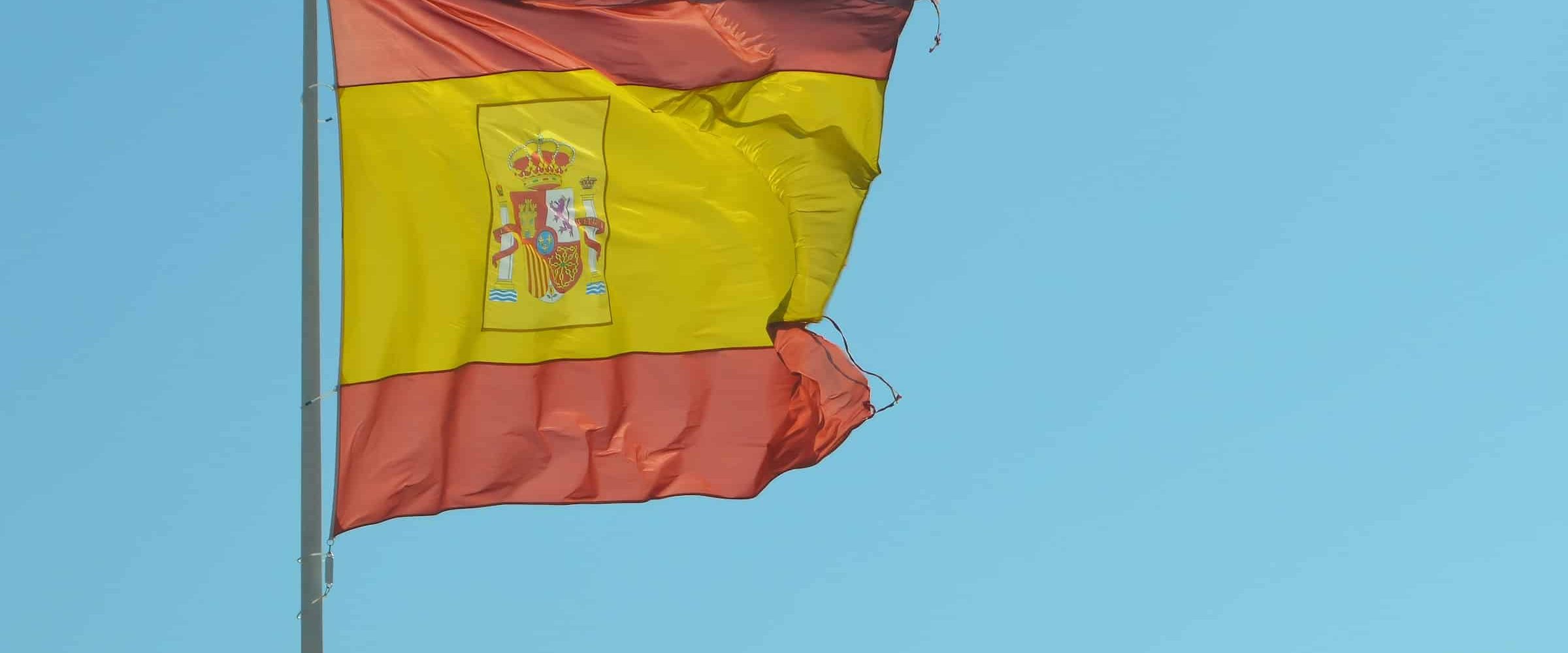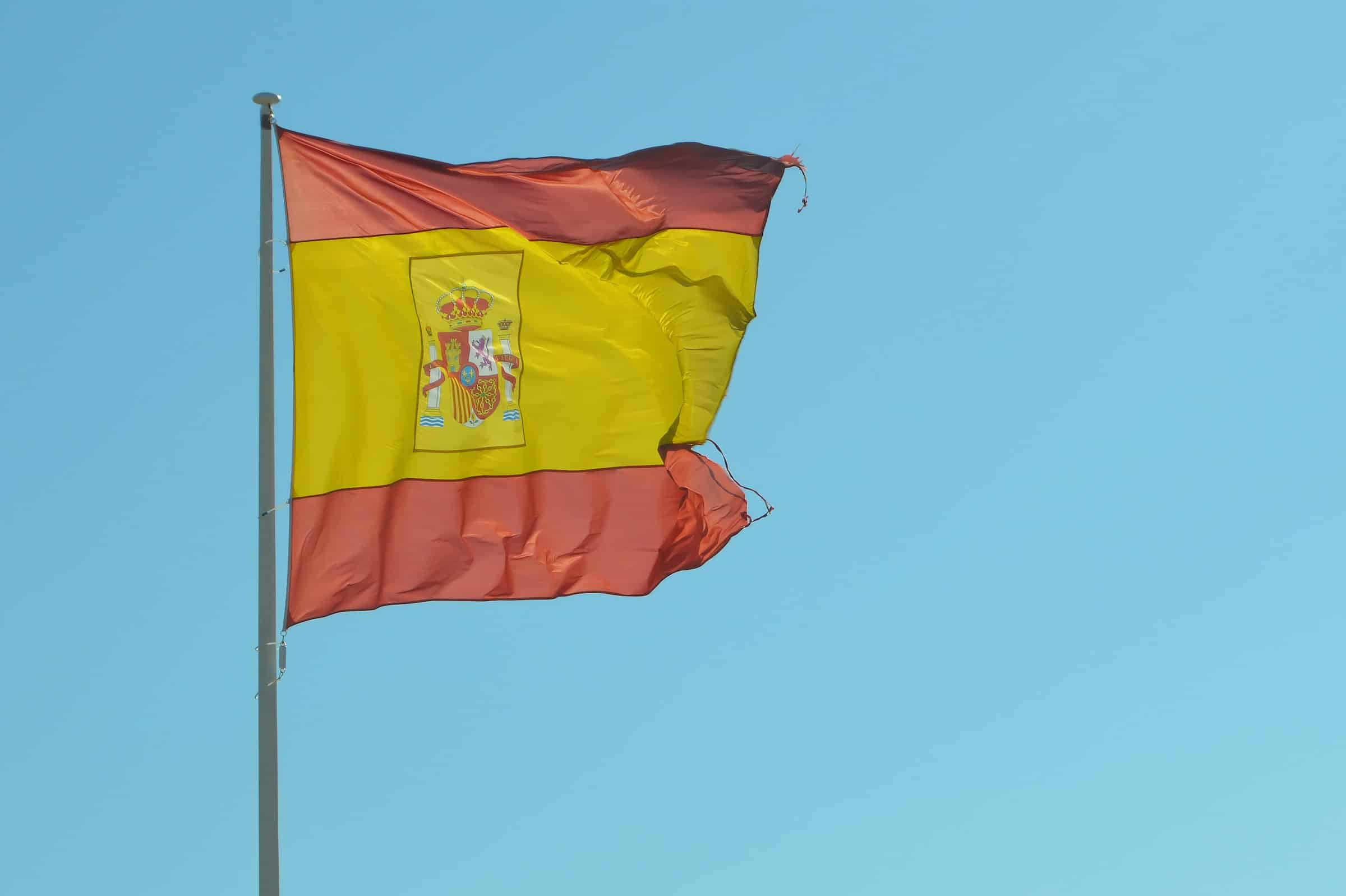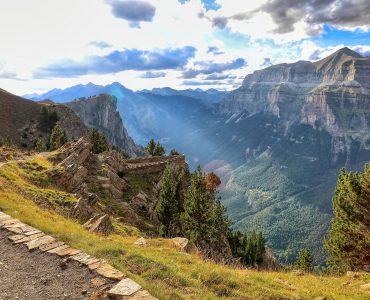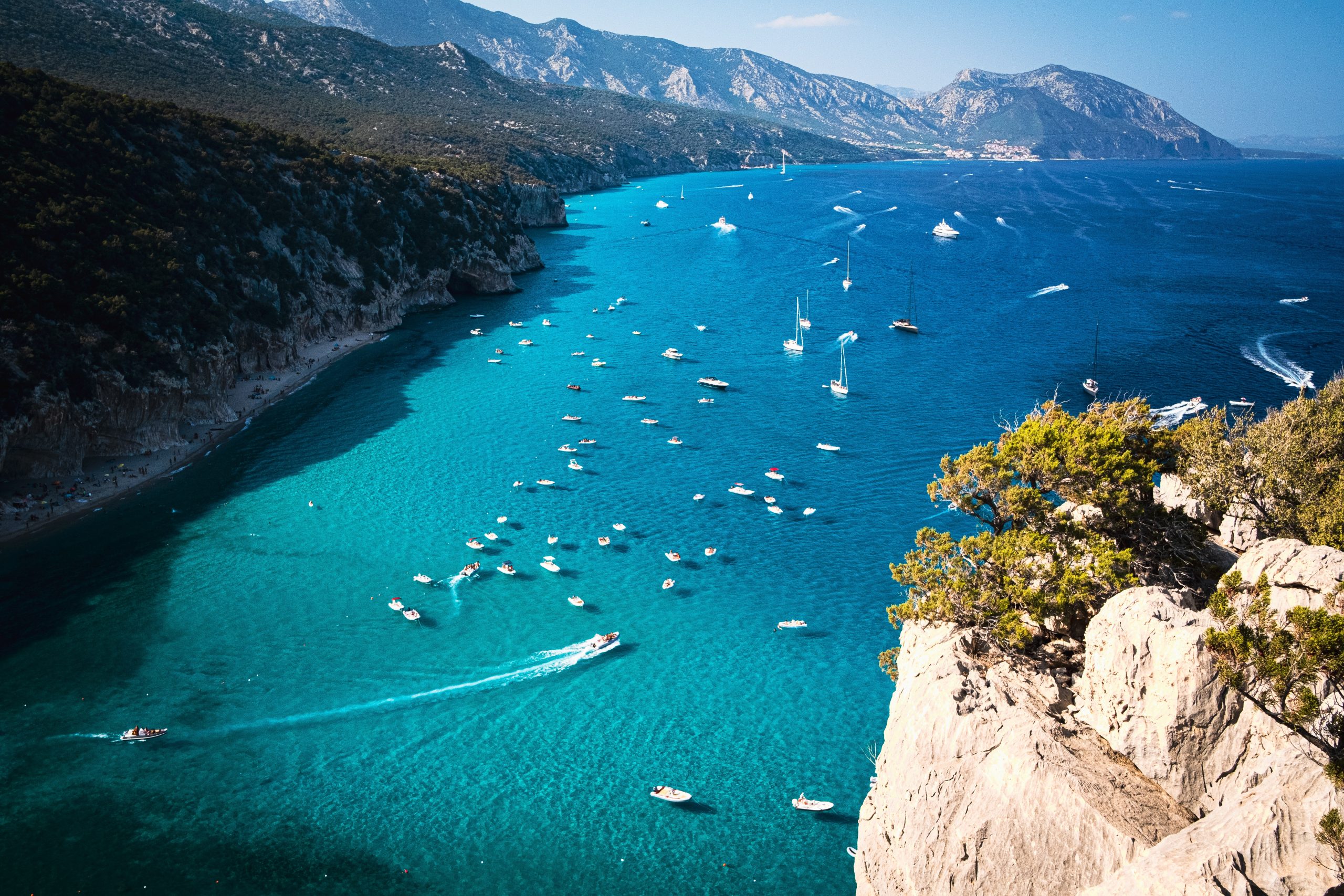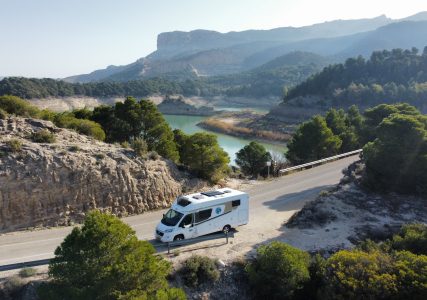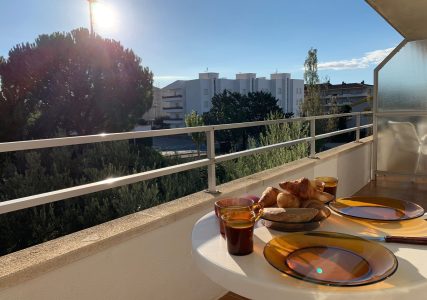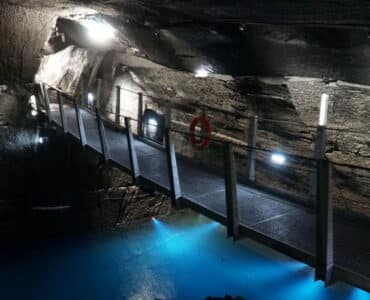TRAVEL NEWS – 29 August 2022: Different regions in Spain have introduced restrictions on some of the most popular natural attractions, in an effort to stop overcrowding and promote sustainable tourism.
Enormous growth
Over the past twenty years, tourism in the National parks of Spain grew by 77 percent. Visitor numbers have risen since Covid-19 by both international and local tourists to up to 16 million visitors a year. More and more people prefer to travel to nature reserves, away from the hustle and bustle of the big cities.
Fewer visitors and more rules
The increased tourist numbers pose a threat to nature in the form of erosion, overpopulation and trampling of plant species. Natural environments must be protected from mass tourism. “There will be additional regulations that enable fun, but also guarantee preservation,” explains the spokesperson for Ecologists in Action, Pau Monasterio, from.
Places with a maximum number of visitors are the beach of As Catedrais in Galicia, famous for its striking rock formations; Mount Teide, the highest mountain in Spain; and Donana National Park, one of Europe's most important wetlands.
There are also several regions in Spain that have already imposed restrictions themselves.
Which regions have restrictions in place?
1. Andalusia
Donana National Park has been limiting visitors for several years, but that number has now been tightened. For example, only 886 people per day are allowed on the routes from Huelva to El Acebuche and El Rocío, as well as on the route along the river to Sanlúcar de Barrameda. Booking in advance is therefore highly recommended.
2. Aragon
The National Park Ordesa and Monte Perdido in Aragon has had visitor limits for years and plans to keep them in place.
3. Asturias
In Asturias, restrictions have been placed on the number of tourists to the Covadonga Lakes, one of the most visited areas of the national park Picos de Europa. During the busiest times of the year, the lakes are only accessible by bus or taxi licensed from the city of Cangas de Onís.
4. The Balearic Islands
Home to 50 percent of the Posidonia (seagrass) pastures in Spain, the restrictions on the Balearic Islands have been extended to the Maritimo-Terrestre de Cabrera National Park. Those wishing to enter the area by boat must request special permission.
This summer, the Balearic Islands government has also hired environmental informants to travel around the beaches, disseminating advice and information about the islands' protected natural habitats.
5. Basque Country
After being bombed by Game of Thrones fans because it was the filming location for Dragonstone, is the islet Saint John of Gaztelugatxe finally reopened to the public, but with a daily limit of just 1.500 people.
6. Canary Islands
With almost 15 million visitors a year, it is Mount Teide . National Park in Tenerife one of the most popular in Spain. Restrictions have been put in place on the last stretch of trail to the top of Mount Teide, allowing only 200 people per day.
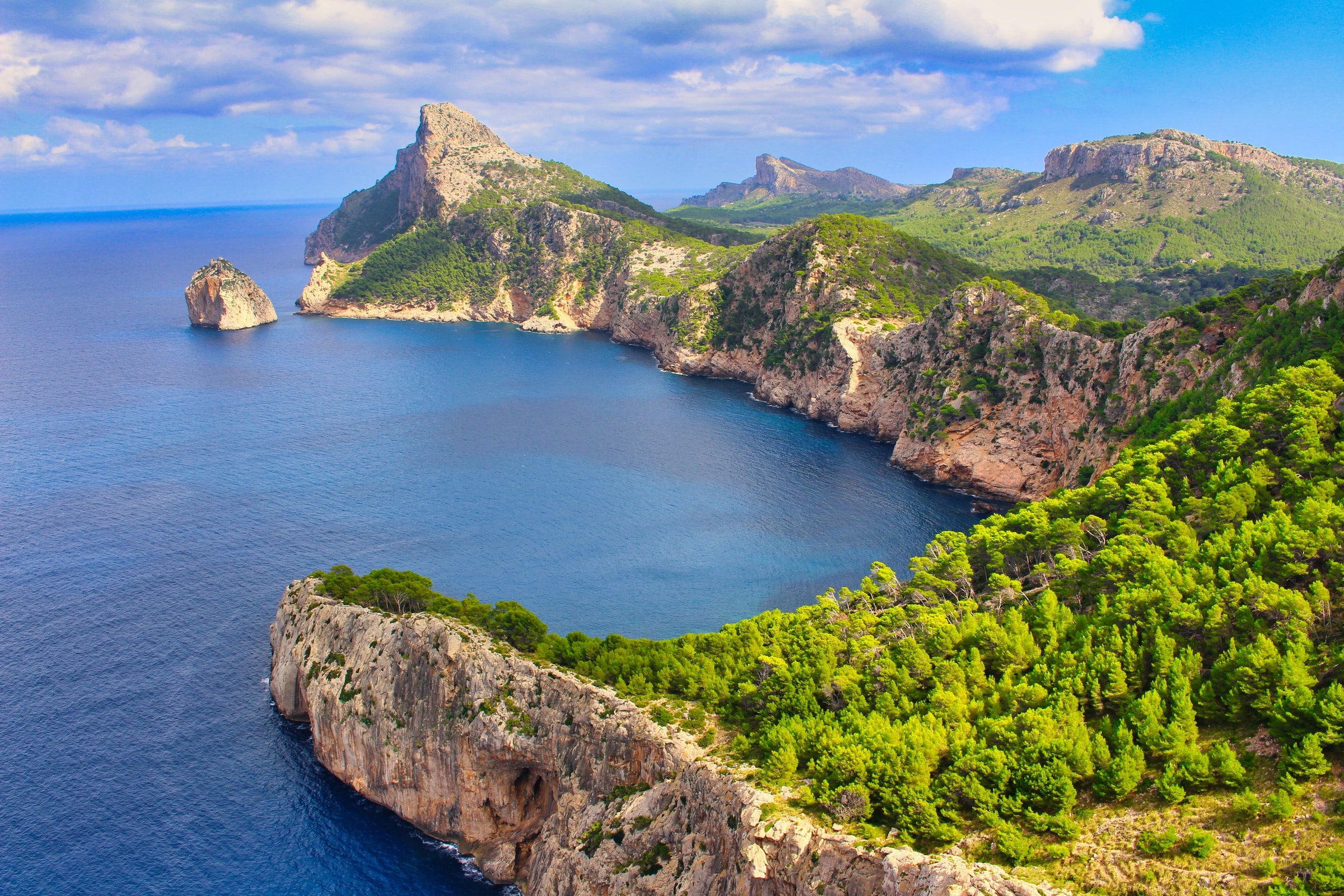
Limits have also been introduced in the Timanfaya National Park on Lanzarote by making visitors pay for entry, while on La Gomera the number of vehicles that can access the laurel forests is limited.
In Gran Canaria, the Maspalomas beach has forbidden areas to protect the nature reserve of the dunes, while in Fuerteventura only a certain number can visit the small island of Lobos per day.
Also read: What to do in Majorca? † Ins and outs about the island of Mallorca
7. Castile-La Mancha
In Cuenca, limits have been proposed for the number of visitors to the Chorreras del Cabriel waterfalls. Experts have suggested that only 400 a day should be allowed to visit the biosphere reserve, where XNUMX swimmers had to be rescued this summer due to accidents.
8. Estremadura
In Extremadura, there are restrictions on access to several natural attractions, including the Castañar Cave in Cáceres and the Fuentes de León Cave in Badajoz.
9. Galicia
The region of Galicia has restricted access to the famous Galician beach of As Catedrais by allowing people to pre-book a free ticket online.
10. Madrid
In the capital region, swimming is only allowed in specific natural areas, including Los Villares in the San Juan Reservoir and the beaches of Alberche and Las Presillas in Rascafría. There are also limits on how many people can visit the popular green pools of La Charca Verde de la Pedriza, one of the most visited areas of the Sierra de Guadarrama National Park.
11. Murcia
There are restrictions in Murcia on the number of private vehicles that can drive through the Regional Natural Parks of Calblanque, Monte de las Cenizas and Peña del Águila.
12. Navarre
In Navarre, access to the source of the river Urederra, in the Urbasa Natural Park, is limited to a maximum of 500 per day, while at the Leurza reservoirs and Orgi Forest there are restrictions on the number of cars allowed.
13. Valencia

Valencia has limited the number of cars that can access the Serra d'Irta Natural Park in summer. This stretch of road is along the d'Irta Marine Reserve. In Alicante, there is a limit on the number of tourists that can visit Peñón de Ifach in Calpe, as well as the cliffs of Cabo de San Antonio, within the protected area of the Montgó Natural Park.
Also read: Tips for Valencia | Cycling, sightseeing and good food


